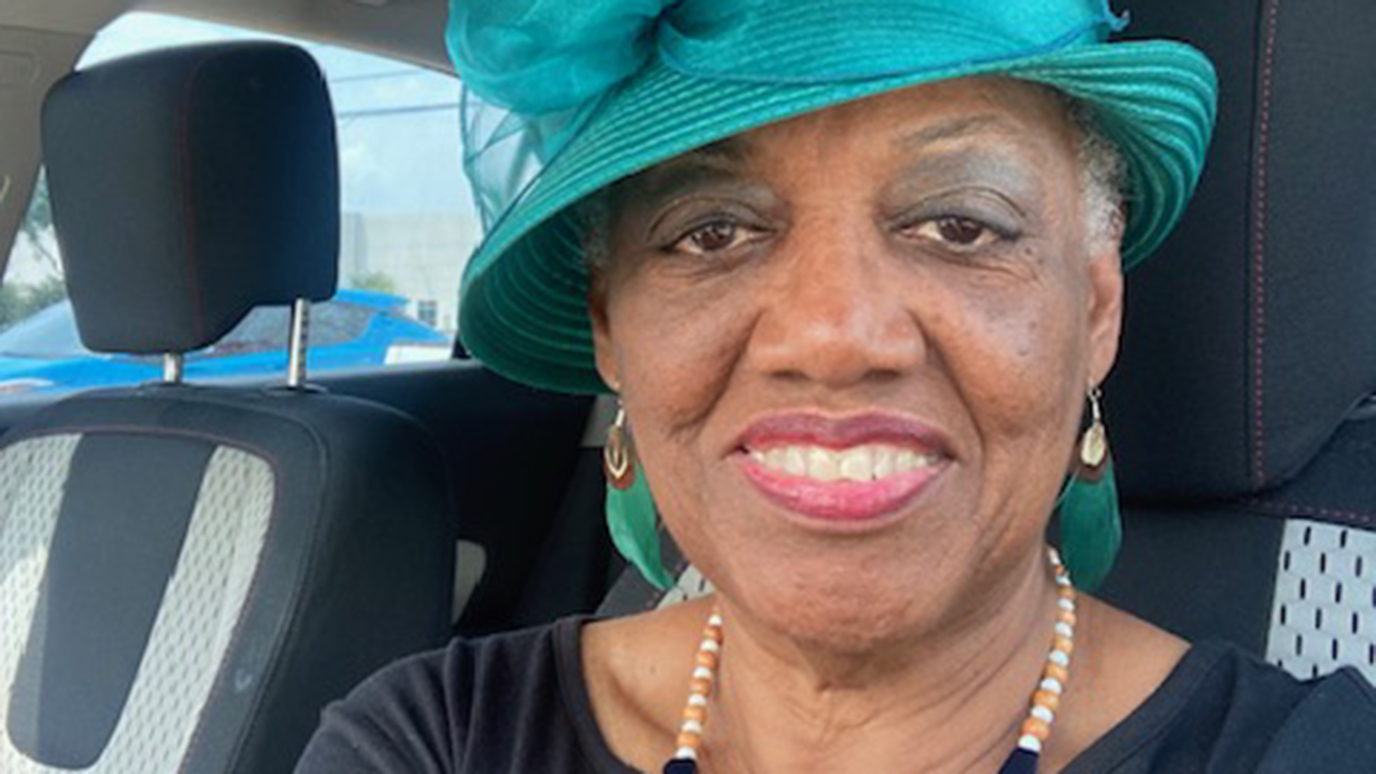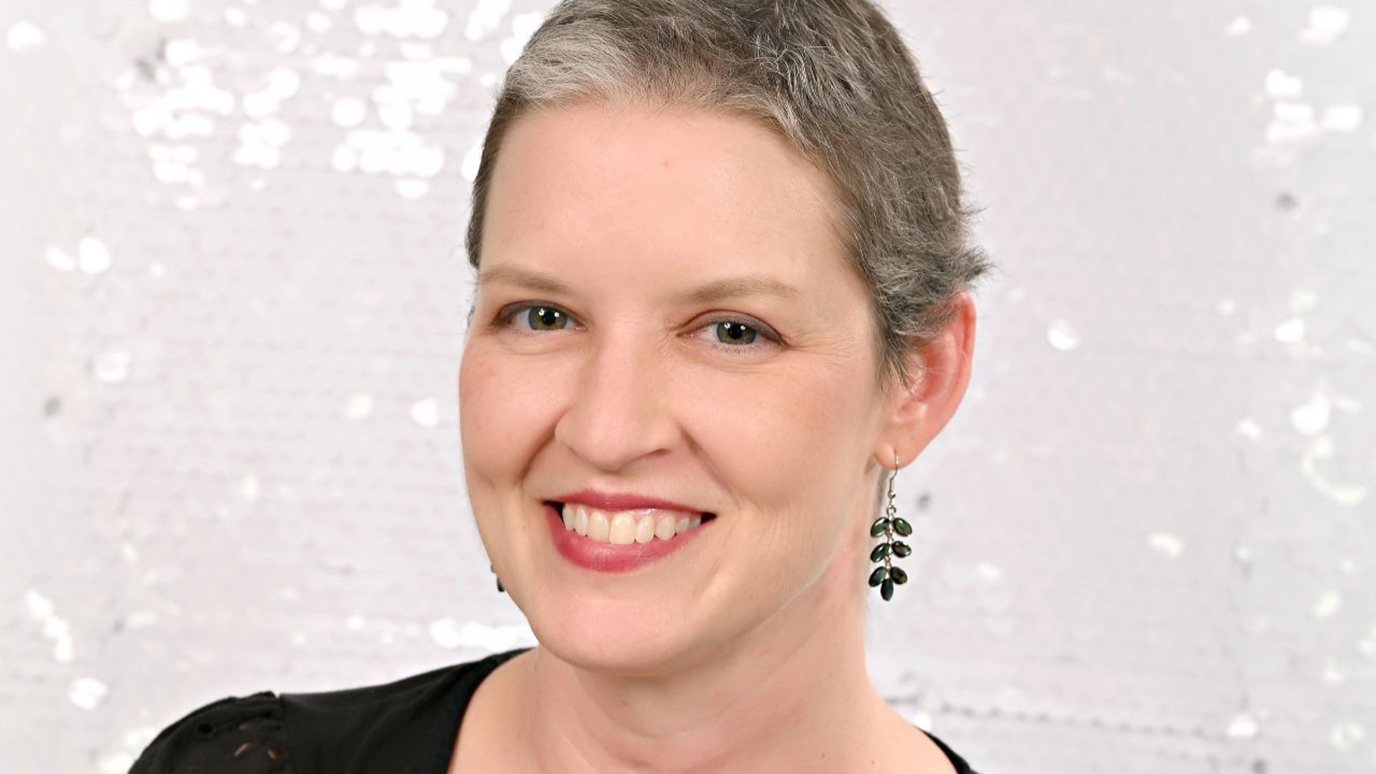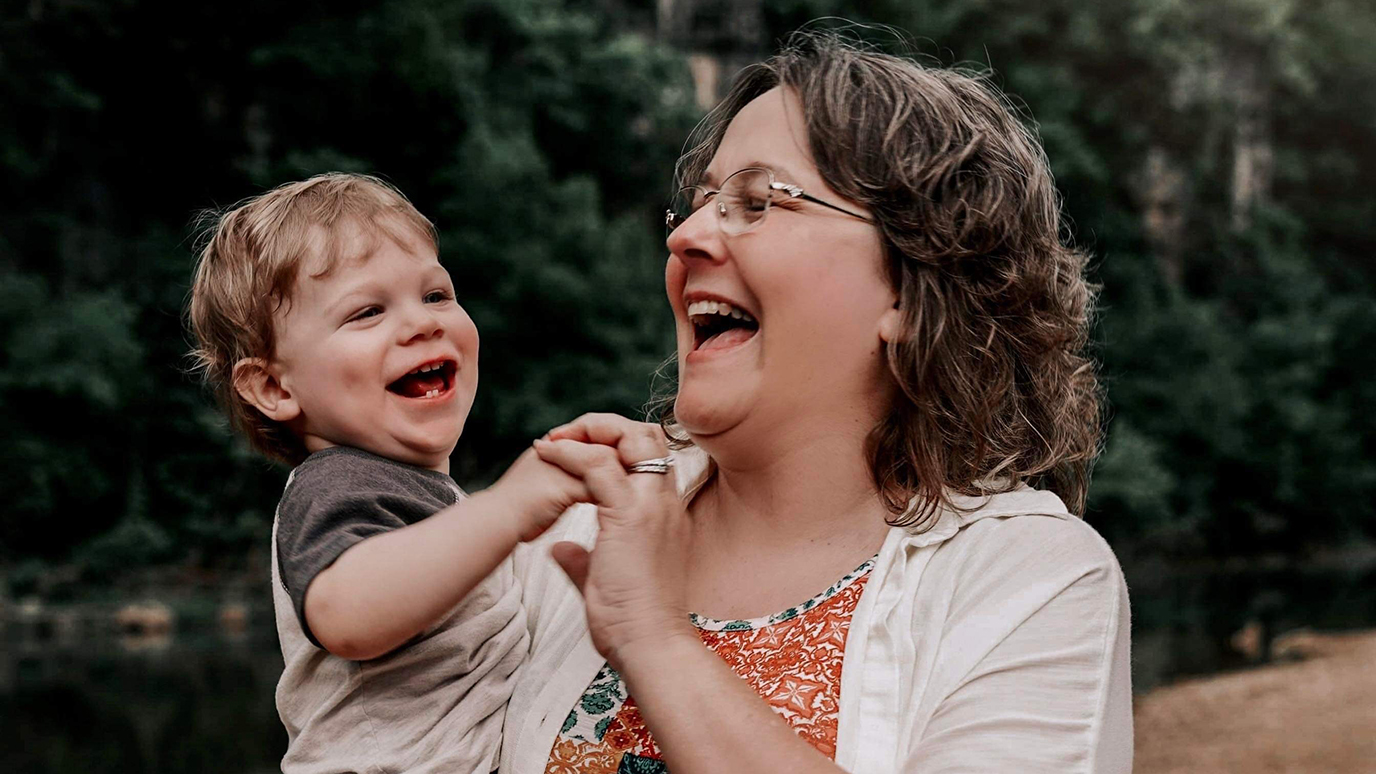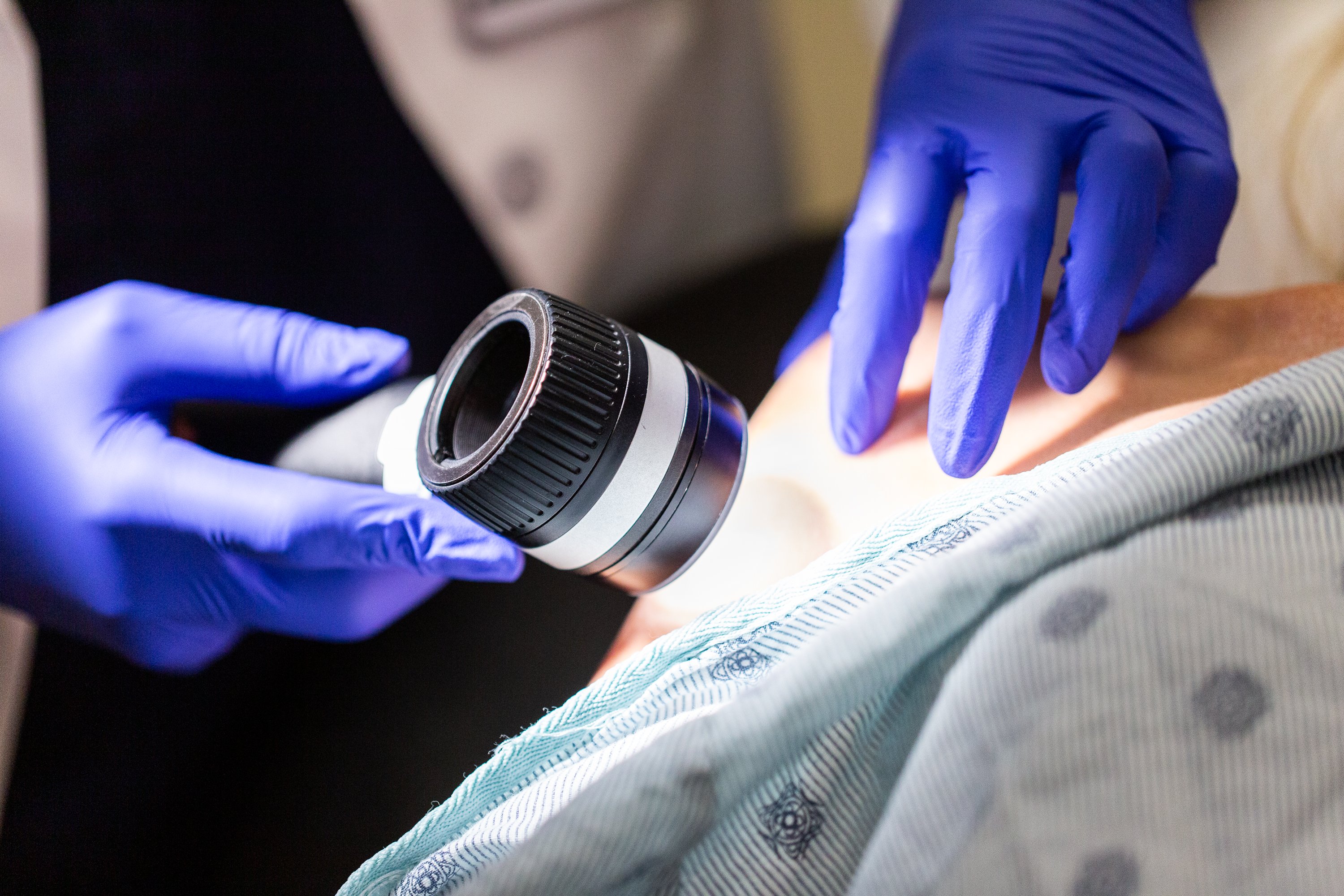- Diseases
- Acoustic Neuroma (14)
- Adrenal Gland Tumor (24)
- Anal Cancer (68)
- Anemia (2)
- Appendix Cancer (16)
- Bile Duct Cancer (26)
- Bladder Cancer (72)
- Brain Metastases (28)
- Brain Tumor (232)
- Breast Cancer (714)
- Breast Implant-Associated Anaplastic Large Cell Lymphoma (2)
- Cancer of Unknown Primary (4)
- Carcinoid Tumor (8)
- Cervical Cancer (158)
- Colon Cancer (166)
- Colorectal Cancer (116)
- Endocrine Tumor (4)
- Esophageal Cancer (44)
- Eye Cancer (36)
- Fallopian Tube Cancer (8)
- Germ Cell Tumor (4)
- Gestational Trophoblastic Disease (2)
- Head and Neck Cancer (12)
- Kidney Cancer (128)
- Leukemia (342)
- Liver Cancer (50)
- Lung Cancer (286)
- Lymphoma (278)
- Mesothelioma (14)
- Metastasis (30)
- Multiple Myeloma (100)
- Myelodysplastic Syndrome (60)
- Myeloproliferative Neoplasm (4)
- Neuroendocrine Tumors (16)
- Oral Cancer (100)
- Ovarian Cancer (172)
- Pancreatic Cancer (160)
- Parathyroid Disease (2)
- Penile Cancer (14)
- Pituitary Tumor (6)
- Prostate Cancer (146)
- Rectal Cancer (58)
- Renal Medullary Carcinoma (6)
- Salivary Gland Cancer (14)
- Sarcoma (238)
- Skin Cancer (296)
- Skull Base Tumors (56)
- Spinal Tumor (12)
- Stomach Cancer (64)
- Testicular Cancer (28)
- Throat Cancer (92)
- Thymoma (6)
- Thyroid Cancer (96)
- Tonsil Cancer (30)
- Uterine Cancer (80)
- Vaginal Cancer (16)
- Vulvar Cancer (20)
- Cancer Topic
- Adolescent and Young Adult Cancer Issues (20)
- Advance Care Planning (10)
- Biostatistics (2)
- Blood Donation (18)
- Bone Health (8)
- COVID-19 (362)
- Cancer Recurrence (120)
- Childhood Cancer Issues (120)
- Clinical Trials (630)
- Complementary Integrative Medicine (22)
- Cytogenetics (2)
- DNA Methylation (4)
- Diagnosis (232)
- Epigenetics (6)
- Fertility (62)
- Follow-up Guidelines (2)
- Health Disparities (14)
- Hereditary Cancer Syndromes (126)
- Immunology (18)
- Li-Fraumeni Syndrome (8)
- Mental Health (116)
- Molecular Diagnostics (8)
- Pain Management (62)
- Palliative Care (8)
- Pathology (10)
- Physical Therapy (18)
- Pregnancy (18)
- Prevention (914)
- Research (392)
- Second Opinion (74)
- Sexuality (16)
- Side Effects (604)
- Sleep Disorders (10)
- Stem Cell Transplantation Cellular Therapy (216)
- Support (402)
- Survivorship (320)
- Symptoms (182)
- Treatment (1786)
How my melanoma was spotted from the sidelines
BY Kayce Smith
3 minute read | Published March 09, 2015
Medically Reviewed | Last reviewed by an MD Anderson Cancer Center medical professional on March 09, 2015
Picture this: a 24-year-old football fan enjoying a game on a cold October night gets upset because her team is losing. She rips off her jacket in anger, leaving her bare shoulders exposed.
That girl was me. I am a die-hard Texas A&M fan. I also cover college football for ESPN. When I say sports are my life, I am not exaggerating.
Now picture this: a dermatologist sitting four rows behind me notices a birthmark on my shoulder that looks "off." Because of the chaos at the end of the game, she loses me in the crowd before she has time to mention her concern. Fortunately, her family recognizes me from my TV work and helps her track me down the next week.
Looking back, I had a guardian angel in those stands. It turned out the birthmark on my back was stage 1 melanoma.
Like most melanoma patients I have met, I was completely unaware of what was going on inside my body. I had been dealing with frequent colds and other immune system issues, but I had no idea a flat birthmark on the back of my shoulder was about to change my life.
One of the lucky ones
After a few trips to MD Anderson for testing, I had a wide excision, a surgery to remove the tumor. My wonderful care team led by Merrick Ross, M.D., also performed a lymphatic mapping and sentinel lymph node biopsy. In other words, they removed several lymph nodes to see if the cancer had spread.
Because my treatment happened so quickly, I was able to continue working at my dream job at ESPN.
I could write a whole book about the emotions I experienced and all the wonderful support I received. But what is most important is this: my margins and lymph nodes came back clear. I'm in remission. I know I am one of the lucky ones.
Life after melanoma treatment
I will be a patient at MD Anderson for the rest of my life. Keeping a close eye on my melanoma will be the key in my recovery. I also am involved in a clinical study called SPORE.
I opted to donate all of the tissues removed during surgery to research at MD Anderson. There is nothing more important to me than spreading the awareness about melanoma and supporting those facing it.
I want every single person fighting this horrible disease to know this: you are not alone. There are so many of us who know what it's like to be thrown the curve ball of cancer. Fight on, and never give up.
My own battle has taught me how to live life to the fullest. No matter the severity, anyone who has received a cancer diagnosis knows that life will never be the same. But that doesn't mean life is over, and for me, it didn't mean I couldn't chase my dreams. Cancer taught me that life is so much more than what society deems important.
After my melanoma treatment, I am not just alive. I am a new person with a new gratitude for the people I love and a new outlook on life. I truly am blessed.
Melanoma is one of the cancers MD Anderson is focusing on as part of our Moon Shots Program to dramatically reduce cancer deaths. Learn more about our Melanoma Moon Shot.
Related Cancerwise Stories

I want every single person fighting this horrible disease to know this: you are not alone.
Kayce Smith
Survivor





